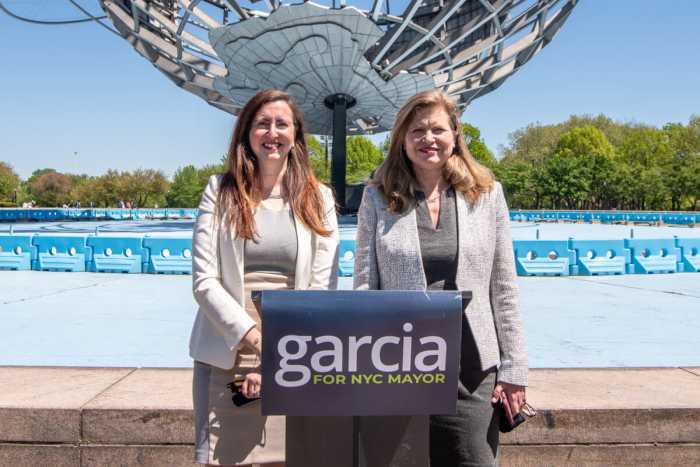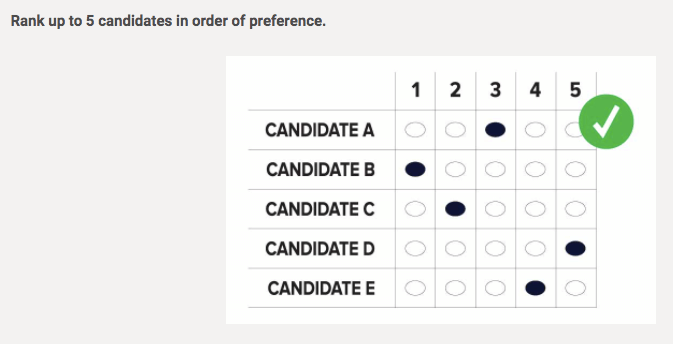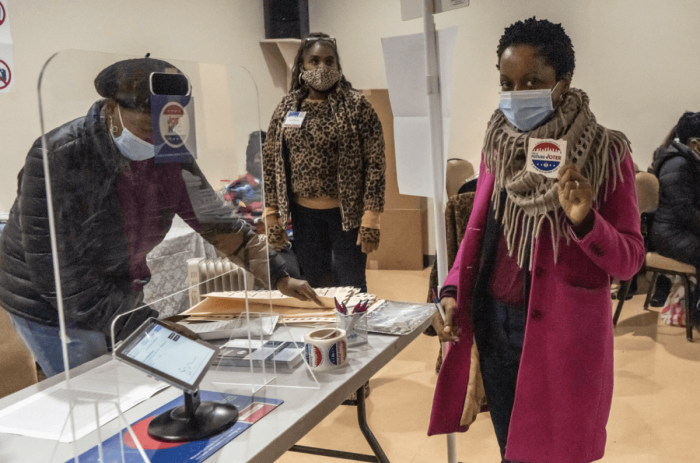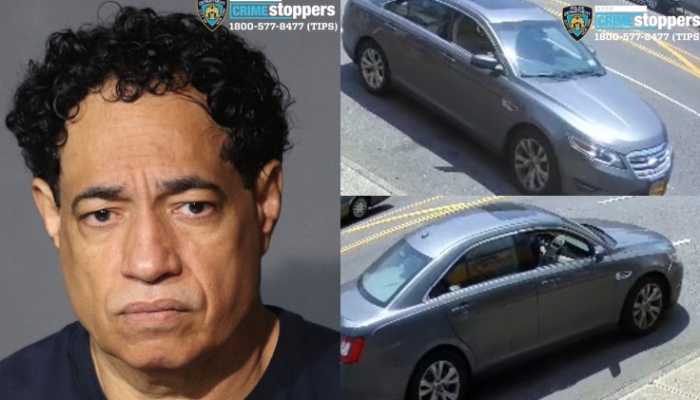Call it the one person, up to five votes doctrine.
That after New York City is poised to roll out ranked-choice voting (RCV) in a big way in the June 2021 primary elections including for the offices of mayor, public advocate, comptroller, borough president, and City Council elections.
RCV allows for voters to rank up to five candidates per office in order of preference rather than voting for just one candidate. If a candidate receives more than 50% of the first-choice votes they are the winner. If no candidate earns more than 50% of the first-choice votes, then the votes will then be tallied in rounds.
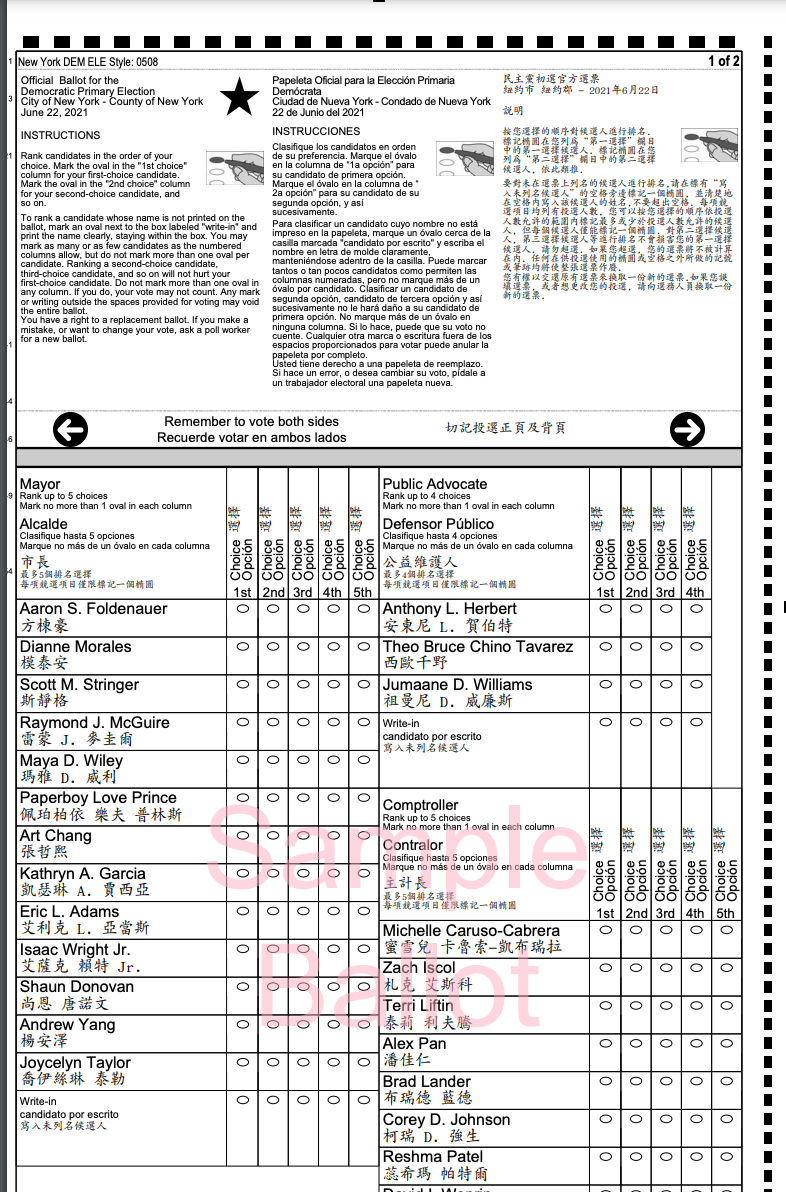
At the conclusion of each round, the candidate with the fewest votes will be eliminated. If the eliminated candidate had been the first choice on a ballot, the vote then transfers to whoever was the second-choice on the ballot. The process continues until there are two candidates left. The candidate with the most votes is the winner.
Voters are allowed to vote for just one candidate – dubbed a bullet ballot – and leave the rest of the ballot blank but are only allowed to vote for one candidate for each column. If a voter ranks the same candidate as their first, second, third, etc. choice, it will still only count as one vote as it is the same as leaving the second and third choice blank.
Voters also do not have to vote for five candidates. Voters will also still be able to vote for write-in candidates. There is a “write-in line” on the ballot with an oval that will indicate where the voter wants to rank the write-in candidates.
RCV is a variation of the one person, one vote doctrine first coined in Britain in 1880, but in America it relates more to redistricting congressional lines. In 1964, Wesberry v. Sanders, the U.S. Supreme Court declared that equality of voting – one person, one vote – means that “the weight and worth of the citizens’ votes as nearly as is practicable must be the same.” and ruled that states must also draw federal congressional districts containing roughly equal represented populations.
RCV, on the other hand, was implemented with the argument to help improve the representation of the voting system while also helping to cut down on negative campaigning between candidates. It allows voters to have more say in who their elected officials are, the argument holds.
Ranked-choice voting is already in use in many places across the country such as Minneapolis, Maine, and Oakland. The reviews of RCV in some of these municipalities have been mixed.
City voters approved RCV in a 2019 ballot measure with 73.5% of people voting yes for ranked-choice voting.
RCV was already utilized recently in a few special city council elections in Queens and the Bronx. While there were no reported complaints of fraud, it took weeks past the election day to get results. Voters will likely see a similar scenario play out in many upcoming primary races with no determined winner.
Early primary voting is slated to start this Saturday, June 12 and run through Sunday, June 20. The primary is slated for Tuesday, June 22.



